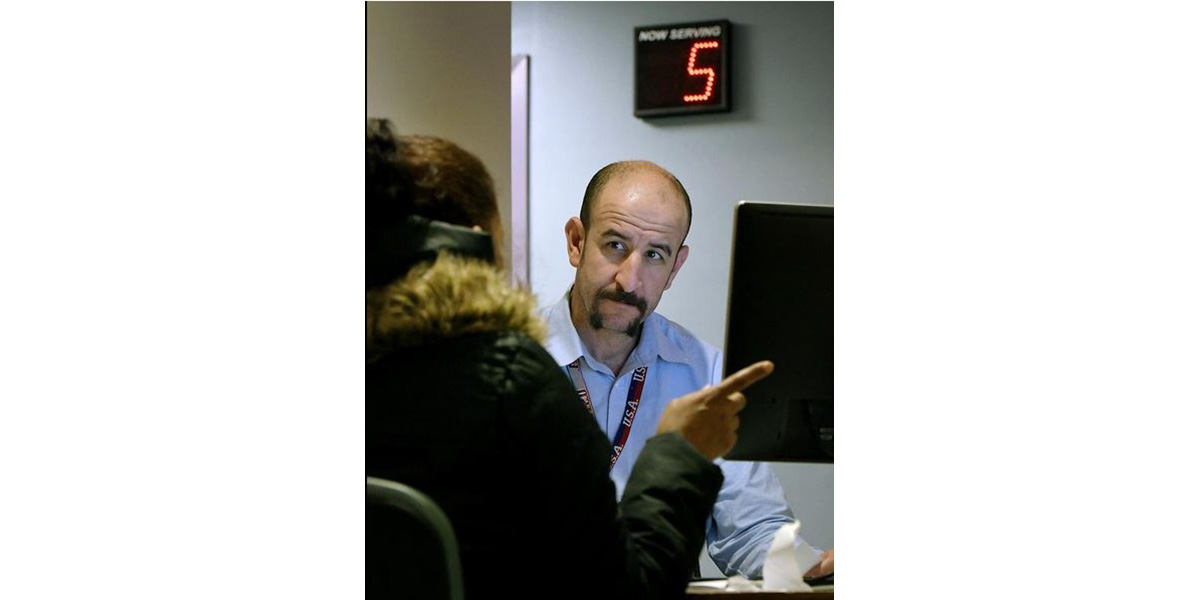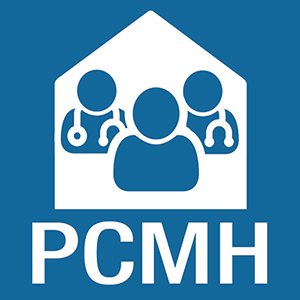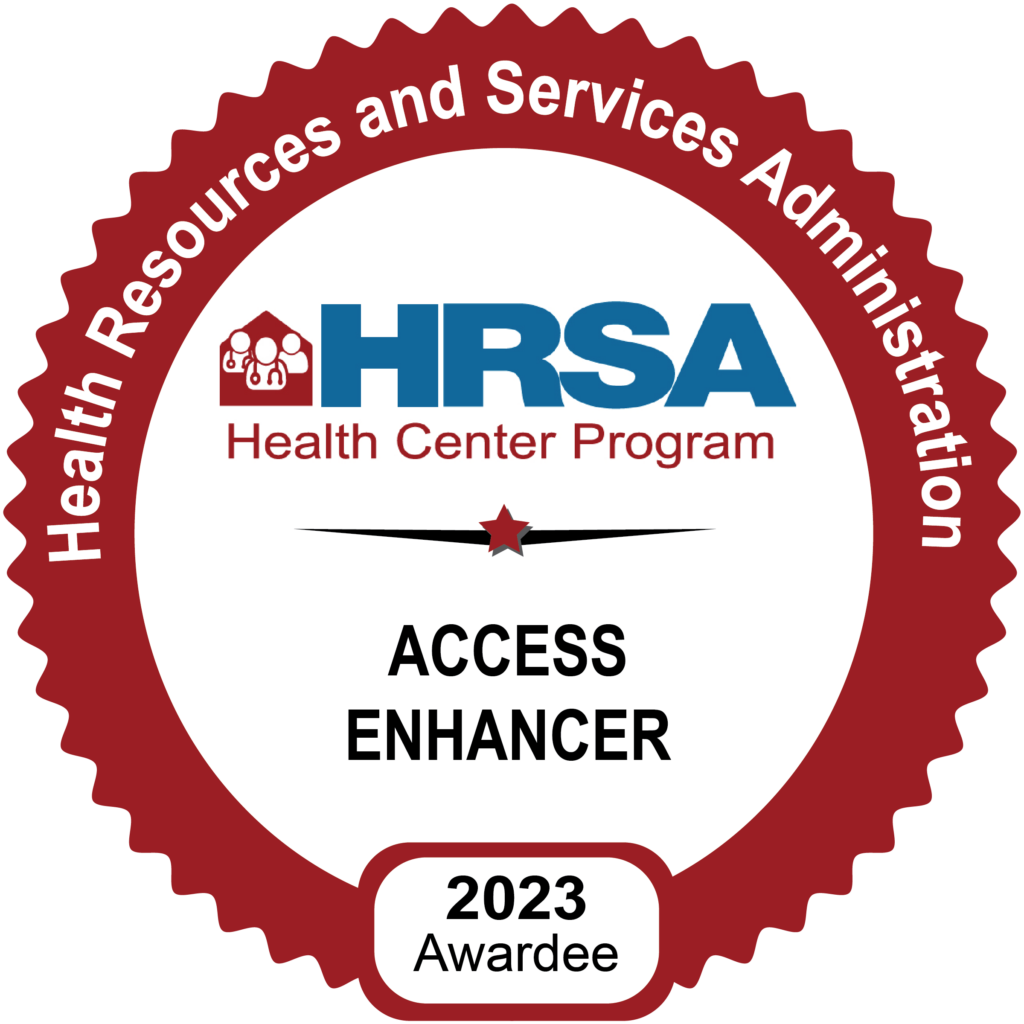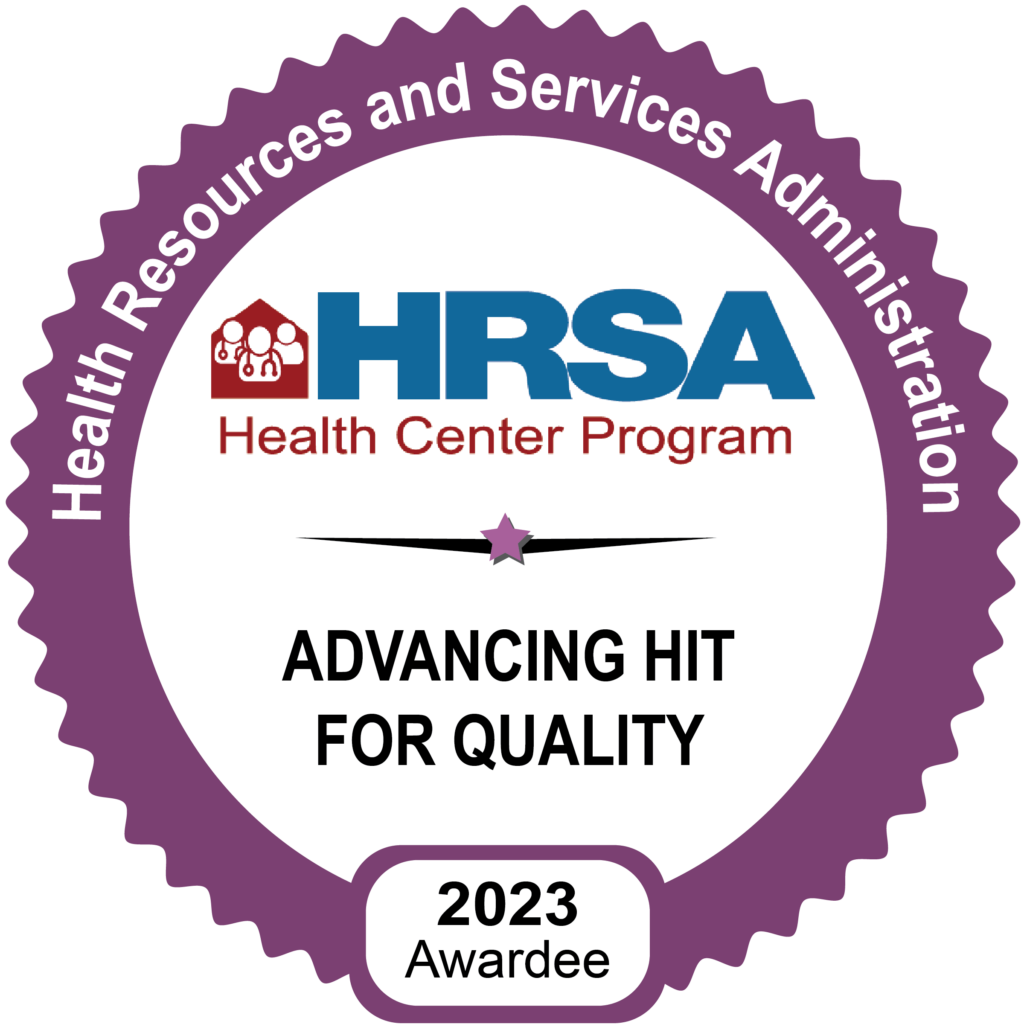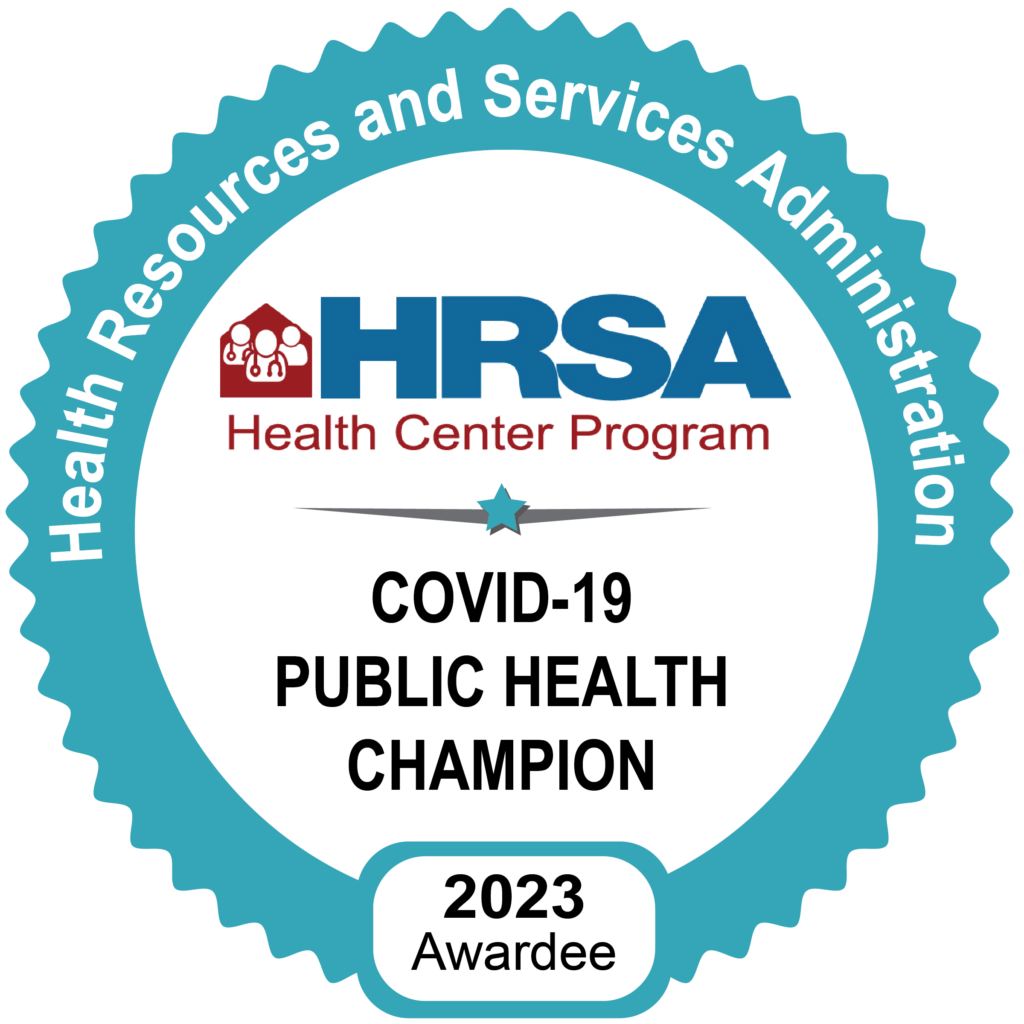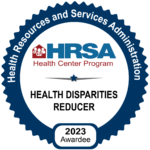Railing against Obamacare, the informal name given the Affordable Care Act’s insurance mandate, has been a campaign mainstay of Republican presidential candidate Donald J. Trump, who promises to repeal and replace it.
“Obamacare is just blowing up,” Mr. Trump told a crowd in Florida last week, citing anticipated 2017 premium increases of “60, 70, 80 percent.”
But nationally and locally, premium increases for plans offered through the health insurance marketplaces or on HealthCare.gov are, for the most part, far lower.
The U.S. Department of Health and Human Services reported last week that the median benchmark premium is increasing by 16 percent this year, before taking into account the effects of financial assistance. This means that half are increasing by more than 16 percent and half by less than 16 percent.
In Providence, some typical premiums have even decreased by 1 percent, according to a report from the Henry J. Kaiser Family Foundation.
And the vast majority of individuals who sign up through marketplaces, who do not get “affordable” insurance through their employer, are eligible for subsidies or tax credits, which dampens the impact of increases.
Open enrollment period in the health insurance marketplaces starts Tuesday and runs through Jan. 31, so health care officials are urging people to pay attention to their options.
Affordable health insurance is defined as costing less than 9.66 percent of income.
People whose income is up to 300 percent of the poverty level, or $72,750 for a family of four, are eligible for premium subsidies.
Those earning between 300 percent and 400 percent of the poverty level, or $97,200 for a family of four, may get tax credits to apply toward premiums.
“We are encouraging members to shop starting next Tuesday,” said Jason Lefferts, director of communications for the Massachusetts Health Connector, the state’s health insurance marketplace for individuals and small businesses with fewer than 50 people.
More than 224,000 people were enrolled in health plans through the Health Connector in August. Most, more than 173,000, were enrolled in plans with a premium subsidy and lower out-of-pocket costs, a program called ConnectorCare.
In Massachusetts, the average increase in premiums is 6.7 percent for plans purchased by individuals and small businesses, either through the open market or through the Health Connector.
Among the 62 medical insurance plans offered through the Health Connector, people who pay full premium or apply a tax credit to their premium will see an average 19 percent increase, but there is wide variability, according to information provided by the Health Connector.
Two insurers in particular, Neighborhood Health Plan and Harvard Pilgrim Health Care, skew the average upward. Without these two, which make up 45 percent of the Health Connector’s unsubsidized and tax-credit market statewide, the average increase is 6.6 percent.
Premiums in typical subsidized ConnectorCare plans, for those earning up to 300 percent of the poverty level, will increase by 6.2 percent on average. Excluding Neighborhood Health Plan, which is increasing by 20.7 percent, brings the average increase up only 0.7 percent.
Still, any increase in health insurance premiums takes a bite out of the wallet.
Eric Linzer, communications director for the Massachusetts Association of Health Plans, said the reason premiums are going up is “the cost of health care continues to go up.”
Mr. Linzer said that 90 percent of the health care dollar goes to physicians, hospitals and prescription drugs. Prescription drugs are a major driver in cost increases.
“This ultimately translates into higher costs for employers and consumers,” he said.
“We know we have to turn that cost curve that we’re all worried about,” said Frances M. Anthes, president and CEO of Family Health Center of Worcester. “It’s not surprising: If it’s going up everywhere, it’s going up with Obamacare.”
Despite its flaws, Ms. Anthes said, “The alternative of throwing 20 million people off (if Obamacare is repealed) is mind boggling.”
The state Center for Health Information and Analysis reported in late 2015 that the uninsurance rate in the state was 3.6 percent, compared to 9.2 percent for the rest of the nation.
Massachusetts got a head start on the insurance mandate when Gov. Mitt Romney signed health reform into law in 2006, four years before the Affordable Care Act was signed by President Barack Obama.
The HHS reported that in early 2016, the share of Americans without health insurance fell to 8.6 percent, the lowest in history.
Obamacare was intended to make shopping for insurance easier for individuals through the health insurance marketplaces, but the process can still be confusing.
Family Health Center at 26 Queen St. is one of two sites in Worcester where certified Health Connector navigators go through enrollment with applicants and help them see if they are eligible for subsidies, tax credits, or the state’s Medicaid program known as MassHealth.
The other is the Health Connector Walk-in Center at 146 Main St.
Family Health Center at 32 Orchard St., Southbridge, also has a navigator on staff.
Some 15,000 people a year come through Family Health Center for health benefits help.
Mohammed Fouzi Raheb, coordinator of health benefits, supervises the navigators on site in Worcester Monday through Friday 7 a.m. to 6 p.m. and Saturdays 8 a.m. to 3 p.m.
He speaks six languages, including Berber, Arabic, French, English, Italian and German. Family Health Center’s eight navigators speak more than 11 languages and interpreters are available for others.
“When you do an application, you go into the private, deep life of people. Not having a language barrier helps a lot,” he said.
Mr. Raheb helps the applicant set up an account online and goes through all the details required, including how many people are in the household, who is claimed on income taxes, citizenship category, Social Security, income, and whether any health insurance is offered through an employer. The income information is linked directly with the Internal Revenue Service for verification.
Based on that profile, the navigator shows the options available and helps the applicant sort through the trade-offs between premium costs and out-of-pocket expenditures for co-pays, deductibles and out-of-plan costs.
“If you see 10 households, you see 10 different scenarios,” Mr. Raheb said. “We try to match all her needs in one plan. That’s the challenge.”
Premiums vary by location and age as well, before subsidies are factored in.
For example, a 42-year-old in Worcester who enrolls in an unsubsidized plan through the Health Connector would pay anywhere from $266 a month for a bronze-level plan with lower premium but higher out-of-pocket costs, to $825 a month for a platinum plan with fewer restrictions and lower out-of-pocket caps.
If that 42-year-old earned $20,000 a year and qualified for a ConnectorCare plan, after tax credits and state subsidies the cost to the member for a typical silver-level plan would be $43 a month.
Misael Diaz, 32, of Worcester recently brought his mother-in-law to Family Health Center to sign up for insurance after she moved here from the Dominican Republic. His mother-in-law has a green card and is a legal permanent resident, but does not yet have a job. She qualified for MassHealth, which can also be enrolled in through the Health Connector website.
Mr. Diaz said the navigator who helped his mother-in-law enroll, Ana Muco, was very polite, pleasant and did a “very,very,very good job.”
The enrollment process, which Ms. Muco told him should take usually 15 to 20 minutes, ended up taking more than an hour because the computer system kept crashing. But Ms. Muco patiently persisted and made sure everything went through correctly.
The wait to see a navigator was more difficult though, according to Mr. Diaz, who works as a leadership consultant. The waiting room was cramped, the wait was long and there wasn’t a lot of privacy for people sharing their personal information.
But he was grateful for the help the navigator provided.
Even though his mother-in-law doesn’t currently have health problems, he said, “You want to have that peace of mind that you are able to go to the doctor with no problem.”
Susan Spencer
Worcester Telegram & Gazette
